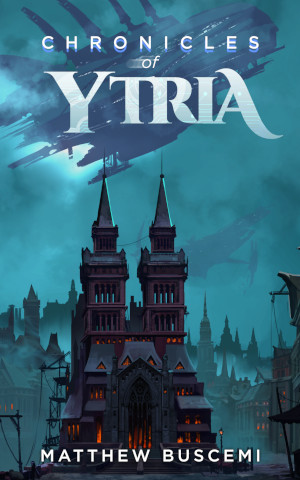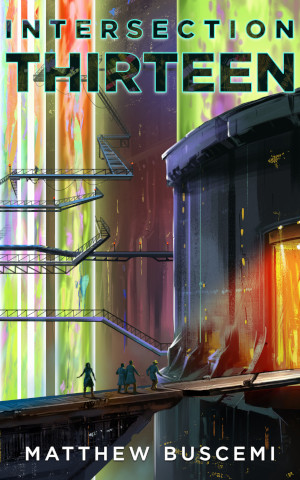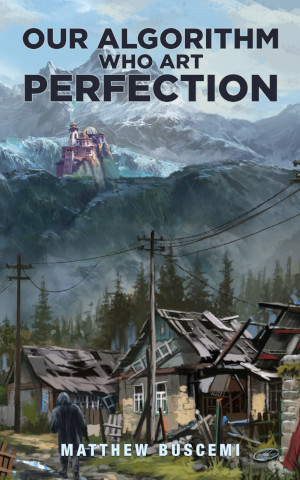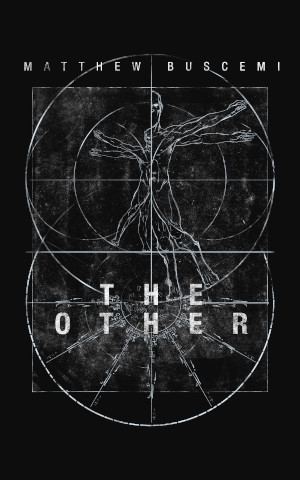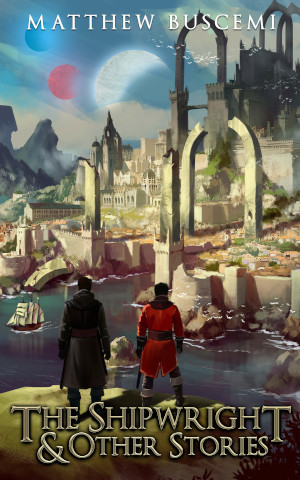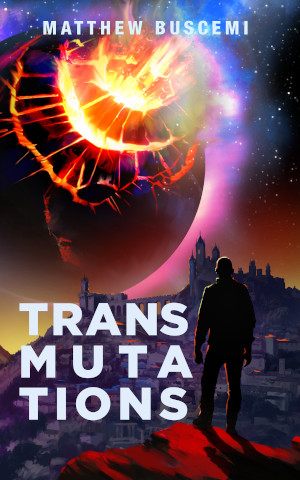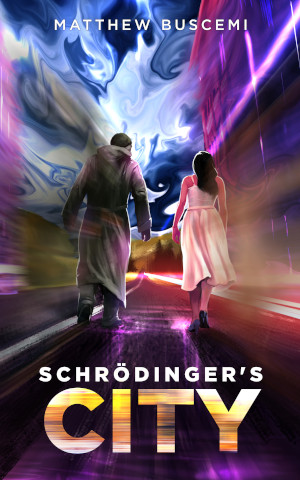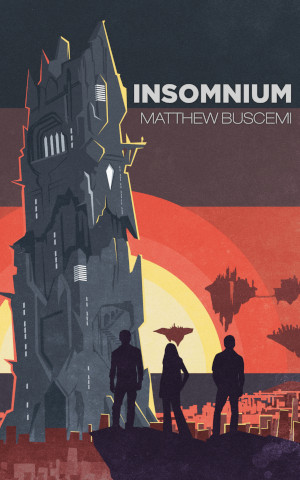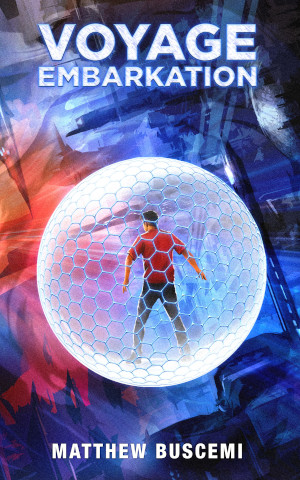A Matter of Balance
Tuesday, March 7, 2023 at 6:00am
I recently found a JRPG on Steam called Monochrome Mobius, and I decided to give it a shot. The game had an unusual genesis. It was part of a series called Utawarerumono, but that series was not one of JRPGs, but rather visual novels.
For those unfamiliar with those two genres, a JRPG typically involves navigating the characters through various landscapes filled with hostile monsters and winning battle sequences against them. Between those segments, story sequences play out involving those same characters. A visual novel does away with the adventuring and battling, containing the dramatic sequences exclusively.
Monochrome Mobius was a JRPG addition to a series that had been, until that point, exclusively comprised of visual novels.
Unfortunately, it seemed to me that the developers were not prepared to “let go” of the series’s focus on story. The game starts off with a reasonable balance between story sequences and dungeon crawling, but by the fifteen-hour mark, things had degraded significantly. Battle difficulty was ludicrously low, and story sequences got longer and longer as the game dragged on. By the time I gave up on the game (at around the twenty-hour mark), story scenes had come to account for all of the prior two hours of gameplay.
This leads me to a fundamental principle of the design of JRPGs, which I hope to get right in my own game: The two JRPG gameplay modes of story and battle must be balanced with one another. Optimally, they are integrated with one another as well, but that’s a topic for its own blog post.
Here are some principles I’ve observed about story/battle balance:
- An easy way to achieve balance is to alternate quickly. Have the player fight some battles, then have a little bit of story, then more battles, and so on.
- Very long stretches disrupt balance. Overly long dungeons and overly long story scenes are to be avoided...
- ... Except that length lends weight and importance to significant segments of the narrative, and length also adds challenge to pivotal dungeon regions. So, a pivotal moment in the story might be very long, and that could be totally appropriate. The game’s final dungeon, for example, might not be faulted for being “too long,” either, so long as everything else is much shorter relative to it.
For my own game, I want the story segments to (mostly) be snappy. I’ll utilize the lesson I learned writing Alterra and focus on how I can get the most narrative impact from the fewest words. My first two novels, Voyage Embarkation and Insomnium were each quite long, because I felt that I had to rigorously explore all aspects of the story I wanted to tell. With Alterra, I gave myself a word count limit and forced myself to tell the story within that constraint.
I want my first game to have lots of quick oscillation between battles and story. The story sequences will be just long enough to convey the point, and the battles should not be drawn too far out either.
Another proportion problem that can happen with JRPGs is battles that either drag on too long, becoming either tedious or overly difficult, or too short and therefore boring. A battle should be just long enough to activate the player’s strategic thinking and get them to figure out a small puzzle. However, shortly after they have figured out that puzzle, the battle should end.
Amongst existing RPGs that achieve all of this well, I would cite Manafinder as a recent example of a game that does an extremely good job of being balanced. Story segments are mostly quick (save for pivotal moments), dungeons are appropriately sized, and battles are difficult... until you figure out an appropriate strategy.
This is another aspect of my favorite games that I want to emulate. As much as possible, each new dungeon and boss should provide a unique challenge, not merely a damage dealer who has higher stats than the last damage dealer.
